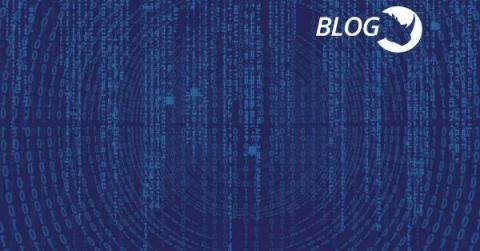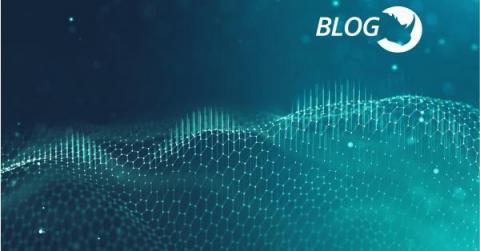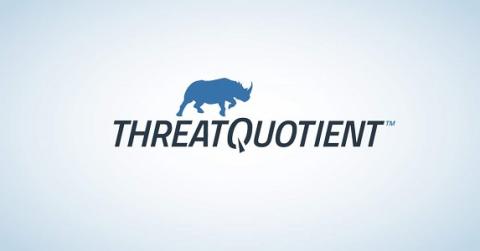Defender to Defender: Voice of the Customer Webinar with Sysdig
As more companies move their operations from on-prem to the cloud, they are turning to Sysdig which provides tools to secure containers, Kubernetes, and cloud services. The Sysdig Threat Research Team, which now numbers close to 20 threat research engineers, includes computer security and machine learning experts from around the world.










